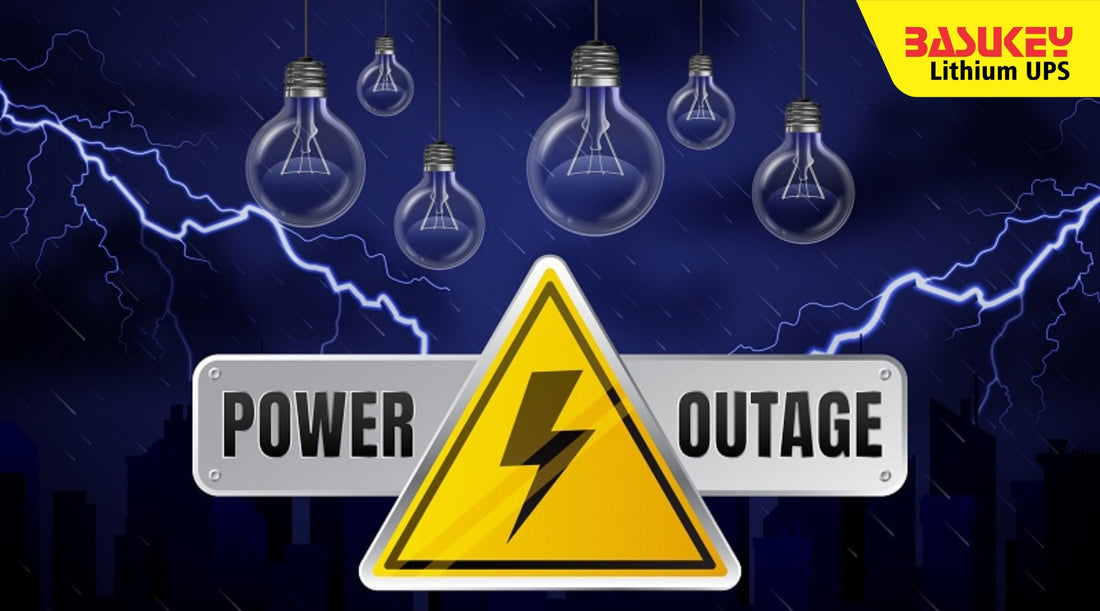
The Role of Electricity in Disaster Response and Recovery
Share
Electricity plays a crucial role in disaster response and recovery efforts, providing essential power to support communication, medical services, and overall relief operations. Let's explore the significance of electricity in times of crisis.
Why is electricity important in disaster response?
During a disaster, electricity is vital for powering communication systems such as phones, radios, and internet connectivity. This enables emergency responders to coordinate their efforts, disseminate critical information, and reach out to affected individuals efficiently.
How does electricity support medical services in disaster situations?
Electricity is essential for running medical equipment, such as ventilators, dialysis machines, and refrigeration units for storing vaccines and medications. Without power, hospitals and medical facilities would struggle to provide life-saving treatments to patients in need.
What role does electricity play in ensuring public safety during disasters?
Electricity powers street lights, traffic signals, and emergency sirens, enhancing public safety and security during disasters. Illuminated streets and functioning traffic signals help emergency vehicles navigate through affected areas and evacuate residents safely.
How does electricity aid in the recovery process after a disaster?
Electricity is crucial for restoring normalcy in the aftermath of a disaster. It powers up essential services like water treatment plants, grocery stores, and gas stations, enabling communities to rebuild and recover. Additionally, electricity is needed to operate construction equipment for debris removal and infrastructure repair.
Overall, the availability of electricity significantly impacts the effectiveness of disaster response and recovery efforts. It is essential for maintaining communication, supporting medical services, ensuring public safety, and facilitating the recovery process. As technology continues to advance, leveraging innovative solutions such as microgrids and renewable energy sources can further enhance the resilience of electricity systems in disaster-prone areas.
